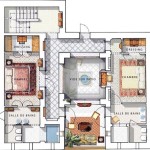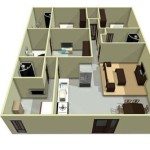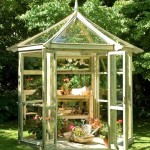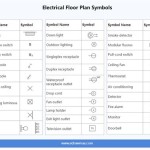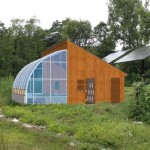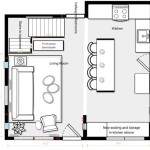Essential Aspects of Simple Stilt House Plans
Stilt houses are a common sight in many parts of the world, especially in coastal areas and regions prone to flooding. These houses are elevated on stilts, or raised platforms, which protect them from water damage and provide a safe and comfortable living space. If you're considering building a stilt house, there are a few essential aspects to consider when creating your plans.
1. Foundation:
The foundation of your stilt house is crucial for its stability and longevity. The most common type of foundation is a pier foundation, which consists of concrete or metal piers that are driven into the ground. These piers support the stilts, which in turn support the house. The depth and spacing of the piers will depend on the soil conditions and the weight of the house.
2. Stilts:
The stilts are the vertical supports that elevate the house above the ground. They can be made from a variety of materials, including wood, concrete, or metal. The thickness and spacing of the stilts will depend on the size and weight of the house, as well as the height that you want to elevate it.
3. Floor Framing:
The floor framing is the structure that supports the floor of the house. It is typically made from joists and beams, which are spaced at regular intervals. The joists and beams are attached to the stilts and to each other to create a stable and level surface for the floor.
4. Walls:
The walls of a stilt house can be made from a variety of materials, including wood, concrete, or metal. The thickness and insulation of the walls will depend on the climate and the local building codes. The walls are typically attached to the floor framing and to the stilts for support.
5. Roof:
The roof of a stilt house is typically sloped to allow water to drain away. It can be made from a variety of materials, including shingles, metal, or tile. The roof is attached to the walls and to the floor framing for support.
6. Ventilation:
Ventilation is important in a stilt house to prevent moisture buildup and ensure a comfortable living environment. Vents can be installed in the walls, floors, and roof to allow for air circulation. Cross-ventilation is particularly important in hot climates.
7. Accessibility:
Consider accessibility when planning your stilt house. Stairs or a ramp can be used to provide access to the house from the ground level. If the house is elevated significantly, a deck or balcony can be added to provide an outdoor living space that is accessible from the main floor.
By carefully considering these essential aspects, you can create a simple and functional stilt house plan that meets your needs and provides a safe and comfortable living space.

Plan 44188td Modern 2 Bed Stilt House On Stilts Beach Plans

Modern Resort Type House With Stilt Concept Pinoy Eplans

House Design Plan Ch539 3 Stilt Plans On Stilts Carriage

Stilt House Plans Just Over 1 000 Square Feet Piling Collection Pge 0101 1005 Sq Ft 2 Bedrooms On Stilts Tiny Floor

House Design Plan Ch536 4 Stilt Plans Coastal Beach Floor

Pin By Erik Brian On Home Design Stilt House Plans Stilts Affordable Village

Lovely Narrow Lot House Plan With Stilt Concept Pinoy Designs

Coastal Stilt House Plan With Elevator And Second Level Living Space 765044twn Architectural Designs Plans

Pier House Plans Houses On Stilts And More

House Design Plan Ch462 8 On Stilts Elevated Plans Coastal

